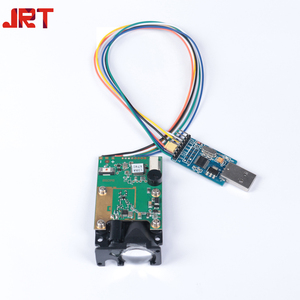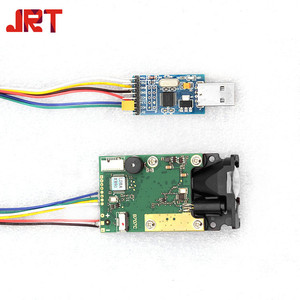Introduction to TTL Metering
TTL metering, or Through The Lens metering, is an advanced photographic exposure measurement system that provides photographers with utmost precision. Originally developed for use in single-lens reflex (SLR) cameras, TTL metering measures the light passing through the camera's lens, allowing for accurate assessments of exposure. As a result, this technology has revolutionized the way photographers capture images, enabling them to achieve stunning results in varying lighting conditions.
Types of TTL Metering
When exploring TTL metering, it’s essential to understand the different types available, which can significantly influence your photography experience:
- Evaluative Metering: This sophisticated type analyzes the entire frame, considering various zones to determine a well-balanced exposure. It’s ideal for most general photography conditions.
- Center-Weighted Metering: With this method, the camera gives priority to the center portion of the frame, making it suitable for portraits or when the subject is centrally located.
- Spot Metering: This focused method measures light in a small area of the frame. It is beneficial for capturing subjects with significantly different lighting conditions, such as scenes with bright highlights and dark shadows.
- Partial Metering: A blend of evaluative and spot metering, this type measures a portion of the frame (usually around 10-15%), providing more control over exposure in challenging light.
Functions and Features of TTL Metering
TTL metering incorporates several functions and features aimed at enhancing the quality and control of photography:
- Real-Time Exposure Measurement: TTL metering calculates exposure in real time, ensuring that adjustments can be seamlessly made as lighting conditions change.
- Integration with Flash Exposure: TTL metering systems work effectively in conjunction with flash units, providing accurate exposure even in low-light situations.
- Multi-Zone Light Analysis: Many TTL systems can analyze light from multiple zones, allowing for nuanced responses to various subject positions and brightness levels.
- On-Screen Display Feedback: Photographers can receive instant feedback on exposure settings via the camera's display, allowing for quick adjustments.
Applications of TTL Metering
TTL metering has a range of applications that make it invaluable to photographers across genres:
- Portrait Photography: TTL metering helps achieve soft and balanced skin tones in variable lighting conditions, ensuring subjects are captured beautifully.
- Wedding Photography: In fast-paced environments with changing light, TTL metering provides photographers with the agility needed to capture special moments with clarity.
- Landscape Photography: By accurately measuring light across vast scenes, TTL metering enables photographers to capture the beauty of natural landscapes in all their glory.
- Studio Photography: TTL metering is often utilized in controlled studio environments, helping photographers manage lighting setups for optimal output.
Advantages of Using TTL Metering
The advantages of using TTL metering are numerous and can greatly enhance the photographic process:
- Precision and Accuracy: TTL metering offers precise exposure calculations, reducing the chances of overexposed or underexposed images.
- Increased Efficiency: With real-time measurements, photographers can quickly adapt to changing conditions, enhancing workflow and efficiency.
- Convenience: TTL metering allows for automatic adjustments, removing the burden of manual settings and allowing photographers to focus on composition.
- Versatility: This technology is versatile enough to handle various lighting conditions, making it a reliable choice for different shooting environments.


















































